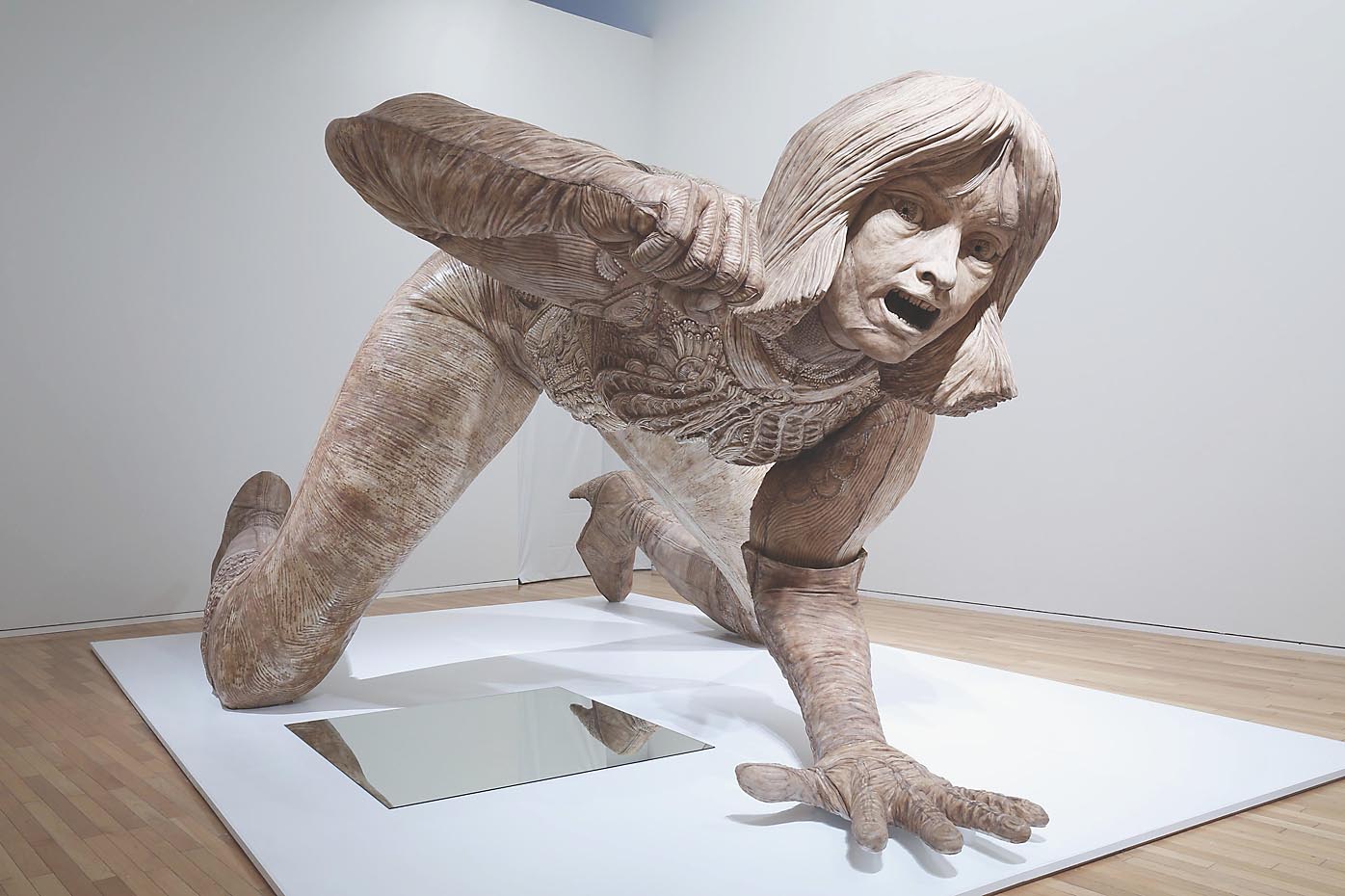When Tokyo Opera City Art Gallery opened "Takahashi Collection: Mirror Neuron," it was packed with people keen to see Ryutaro Takahashi's selection of 140 contemporary artworks by 52 artists. It's only the second major showing of pieces owned by Takahashi, a psychiatrist and one of the most influential art collectors in Japan, who also chose the unusual title of "Mirror Neuron" for this show.
Mirror neurons — neurons that allow primates to understand the experience of another through observation — were discovered in the 1990s by Giacomo Rizzolatti and his team, who found that a monkey's mirror neurons would show activity when it was watching someone doing something. For example, if the monkey saw a person pick up a piece of food, its mirror neurons would respond as if it also had picked up some food. Neuroscientists have since hypothesized that mirror neurons are related to human empathy, skill and language.
"I believe that art is the greatest outcome of imitating nature, as Greek philosopher Aristotle once said," Takahashi said when explaining the exhibition title at the opening. "Art has also been created by imitating others throughout history, although there's been more emphasis on the originality of the individual as an artist since the modern age."


















With your current subscription plan you can comment on stories. However, before writing your first comment, please create a display name in the Profile section of your subscriber account page.